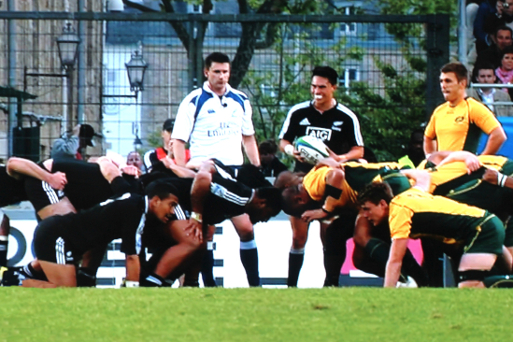What’s wrong with Australian junior rugby?
Why have the results in the last two JWCs been so poor in comparison with how Australia does in professional rugby?
Other teams were coached better
I’m not blaming the coaches of the team this year because they had to work with players who were not rugby hardened and whose coaching during their young lives had been restricted.
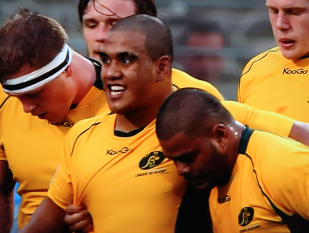
By contrast you could see, for example, how much better coached the Ireland team looked in the first pool game. They were not overly-talented but they knew how to play to their strengths, and their technique in most aspects of rugby was better than that of the Aussies.
Their forwards were lighter yet they were commanding at scrum time and they had the nous to work out the Aussie lineouts by half-time. They were more accurate and judicious at the rucks, and the backs could pilot their team around the field better.
Another example: in New Zealand many Under-20 players are in the 14 academies attached to provincial unions. The key is that they are run locally, not nationally, though there is a national template, national supporting systems, and national funding.
Their academy training is high quality and better than the Aussies get : for example, the Auckland Academy trains with the ITM Cup team and the Blues’ Super Rugby team, not just with other academy members.
Other teams were better prepared and had competed in robust competitions
Compare the rugby and conditioning that the young Aussies had had in 2013, and lead-up years, compared to that of the England players who won the tournament.
England has 14 regional academies attached to professional rugby teams and they cover the whole country, which is about 60% the size of Victoria.
Their Under-18 team was in Australia in 2011 and each boy was attached to one of the academies. Before they arrived in Australia they had already played in the 2011 Under-18 FIRA-AER European Championships.
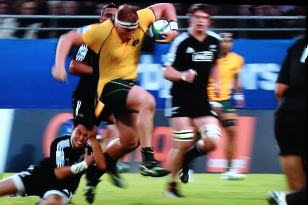
After their arrival they played an Australian Under-19 Academy team at Weigall Oval and although the older Aussies were mostly bigger than the English lads, the visitors were buffed and almost bursting out of their rugby shirts.
As well as being advanced in strength and conditioning they were also superior in a rugby sense, and played beyond their years to beat the older Aussies.
Later they thrashed Australian Schools, and looked like powerful young men against players who looked and played like the schoolboys they were, though they were the same age.
If you tracked the members from that 2011 Under-18 England team you will have observed that some of the better players competed in the 2012 Six Nations Under-20s Championships, won by England. You would have noticed more of them when England defended the title successfully in 2013.
Finally, you could have tallied up the number of England players who got winners’ medals in the 2013 IRB JWC in France, and also visited Australia in 2011 as Under-18s, and come up with a total of 13.
And take the situation in South Africa as another comparison.
Most of the South African players at the 2013 JWC were attached to provinces and competed for one of the 14 teams playing in the two divisions of the 2012 Under-19 Absa Currie Cup which ran from July to October.
Some of the better players would have played for their province in the 2013 Vodacom Cup which ran from February to May, or even the year before; and some could have played in the 2012 Under-21 Absa Currie Cup instead of Under-19s.
What was the rugby experience of the Australian players?
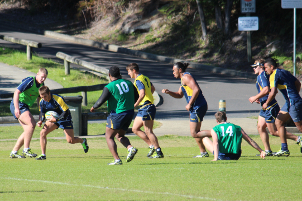
Compare the above to the spotty rugby experience that the Aussies who played in France have had. What was the path of Australian Under-18 players from 2011?
After school they relied on being picked in the National Academy which is based in Brisbane and Sydney.
Earlier this year the best Under-20 eligible players in the National Academy, plus some eligible outsiders who had been identified since the latest intake – 50 in all – were invited to a training and selection camp.
There were two subsequent camps which had reduced numbers as the candidates were whittled down.
At the camps there were opposed training sessions, and places for France were on the line, but no actual matches were played except for a walkover game against Papua New Guinea during the second camp. In between the camps the boys returned to their amateur clubs to play Colts rugby though a few were already playing Grade.
Some of the fortunate ones got to play a couple of games with older Academy players in the Pacific Rugby Cup.
That’s not quite the same 2013 rugby experience as playing in the 2013 Under-20 Six Nations Championship (having played in an Under-18 version when they were younger) is it?
What changes need to be made?
The new ARU regime of Bill Pulver has already recognised that the National Academy system has to be disbanded and given back to the Super Rugby franchises.
Pulver said:
“We are working through that model right now, which would basically see the academy close down next year.”
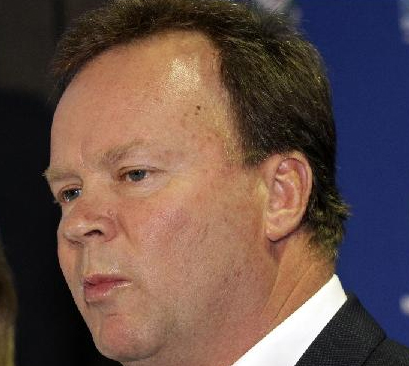
The money saved, perhaps $2 million a year, will be used to set up a competition for developing players, probably at the start of the year between February and April, before club rugby starts, and before the annual IRB Junior World Championship.
It is still at the discussion stage. A commission comprising the Brisbane and Sydney clubs, the players’ association RUPA , and the Super Rugby franchises, is currently working out the details.
This seems like a good idea. First: Academies should be as local as is possible and run by people who know the players during and after their school days. Second: the new development competition will put youngsters in a competitive environment so that the games take on the nature of selection trials for the JWC.
But only a portion of current academy players are Under-20 eligible and this will not be an Under-20 tournament. It will not help Australia’s cause at a JWC if the development competition uses only the eldest Academy players, or as many as is possible.
I would therefore add a proviso: that each team that runs on in the development competition should have a prescribed quota of Under-20 players.
The wrap-up
Converting the academy system to a more local one and having a development competition are good ideas but they will not guarantee better results in the IRB Junior World Championship, just make them more likely.
After all, England with the best set-up, best competitions available and best funding, performed poorly last year — and Argentina did comparatively well in 2012 and 2013 will fewer things going for them than Australia had.
You’ve got to “have the cattle” – but they are steps in the right direction.
THIS OLD BLOG IS BEING USED FOR WORDPRESS EXERCISES
The final trial prior to the selection of two NSW Schools’ teams to compete in the Australian Schools Rugby Union Championships was held at Curagul Oval yesterday.
The Teams from the CAS, GPS, ISA, AICES and CCC school associations strutted their stuff in front of NSW selectors, and also national selectors who would be choosing a Combined States side. home side was polished, committed and confident whereas Barker’s young side was courageous but short on both size and skill.
ISA II 14 – AICES 13
CAS II 20 – CCC 10
CAS I 30 – ISA I 20
GPS II 20 – CHS II 10
GPS I 20 – CHS I 8
We are a fan run website, we appreciate your support.
💬 Have you got a news article suggestion? Submit a story and have your say
👀 Follow us on Facebook, Instagram and X.com
🎵 Listen to our Podcasts on Spotify and iTunes
🎥 Watch our Podcasts on YouTube

